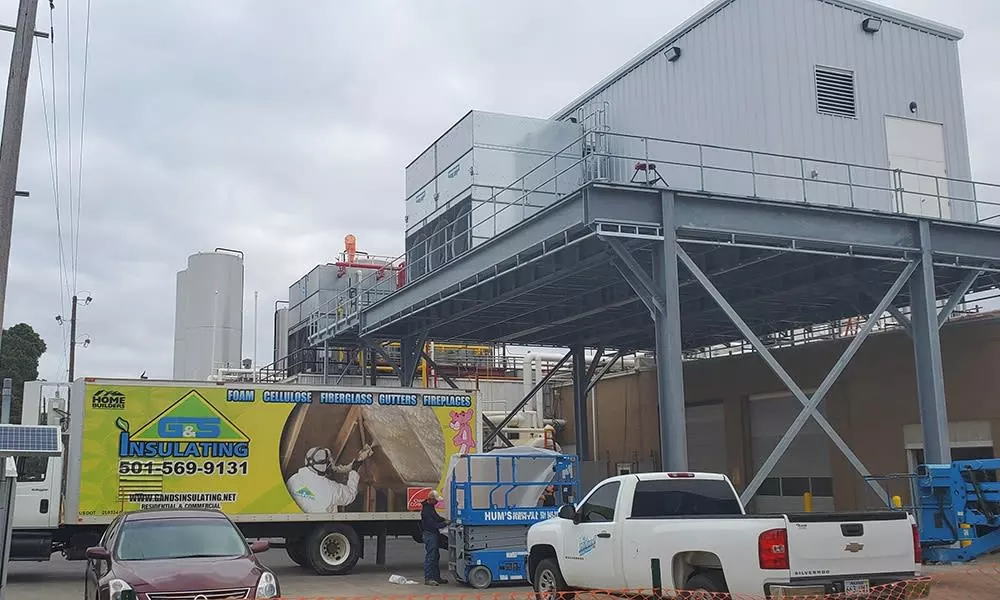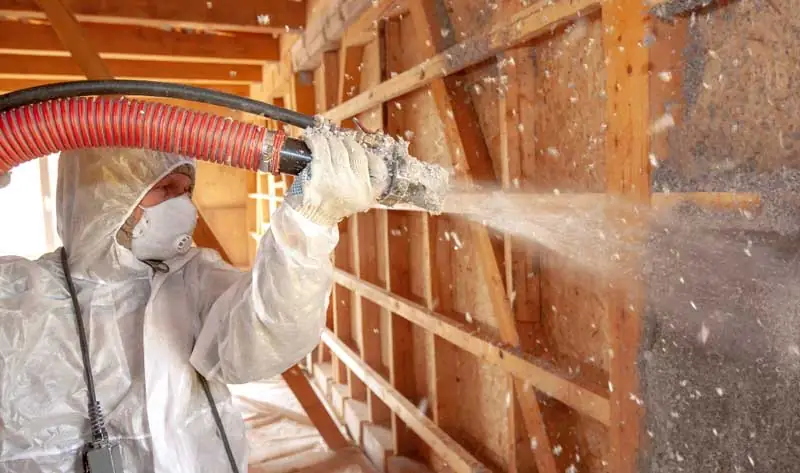Many local homeowners, builders, and contractors are familiar with the commonly used cotton-candy-looking fiberglass insulation used to fill attic walls and crevices, but often wonder if there’s a different insulation choice for the job. Blown cellulose insulation may be the perfect alternative! There are few disadvantages of cellulose insulation and the cellulose blown-in insulation cost may be just right for your budget. At G&S Insulating we offer quality cellulose insulation installation to our Arkansas community.

Why Choose G&S Insulating
When you need a Jonesboro, Springdale, or Little Rock cellulose insulation contractor, we’re the ones to call. Our expert team of insulation specialists has been providing top-quality service to builders, homeowners, and commercial/multifamily contractors in Arkansas and beyond since 2001. We go above and beyond to offer transparent pricing and insulation solutions tailored to your home or building project.
What Is Cellulose Insulation?
Cellulose insulation is a type of insulation made from recycled newspaper. During manufacturing the paper is properly treated to minimize fire risk before being made into blown-in insulation. It can be blown into open attics or packed into closed wall cavities.
In case you are wondering how to blow insulation into walls and other closed cavities, cellulose insulation is installed in one of two ways:

Cellulose Insulation Benefits
As your local Jonesboro, Springdale, and Little Rock cellulose insulation contractor, we’re excited about the growing popularity of cellulose insulation and its many energy saving benefits including reducing your carbon footprint and lowering your heating and cooling costs. Here are some more exciting things to know about this effective insulation choice:
When You Should Use Cellulose Insulation
Blown cellulose insulation can be used in a similar manner to blown-in fiberglass insulation, with the ability to have it blown into nearly any space. Both spray cellulose insulation and blown-in cellulose insulation are ideal for closed walls of existing homes that need better insulation. Cellulose insulation is dense packed into existing walls through access points made into the wall. Loose-fill cellulose insulation also provides an effective insulation method for attics, either as primary insulation or as a second layer over existing insulation.
What Our Customers Are Saying
Don’t take our word for it, check out what some of our satisfied customers have to say about their cellulose insulation experience with us:
“Everyone I spoke to on the phone and interacted with were very friendly and professional. Workers were prompt and helped me shovel away snow/ice from my back deck so they could get to the attic. When the work was done, I was shown the attic for my approval. They cleaned up afterwards, so it looked better than it did when they got here. I highly recommend this company. Received estimate for cellulose insulation put into the attic… Two men came to install the insulation in the attic. They blew in cellulose and added batting to go over the attic door.”
-Jaclyn

Frequently Asked Questions
Your Trusted Cellulose Insulation Contractor
Contact our expert insulation team at G&S Insulating today! We look forward to answering all your insulation questions and evaluating your project to recommend the proper insulation type and application method for you. It is our mission to provide you with the highest quality cellulose insulation products and installation services in the Jonesboro, Springdale and Little Rock areas.
